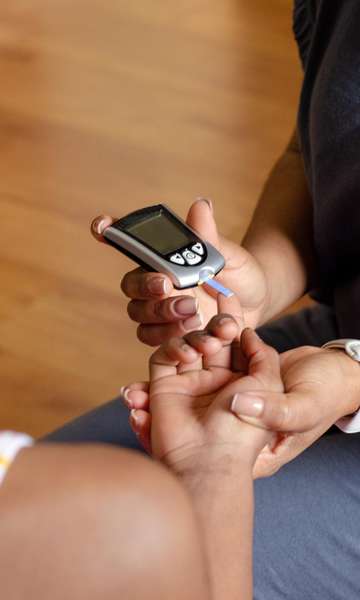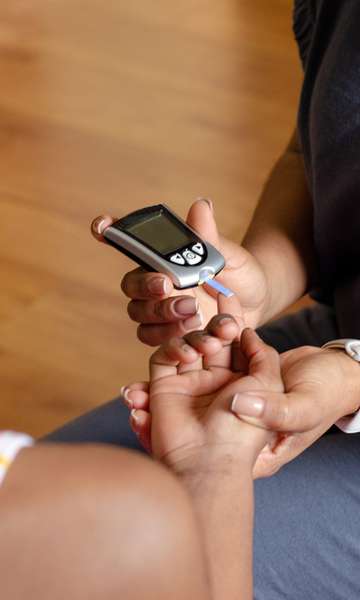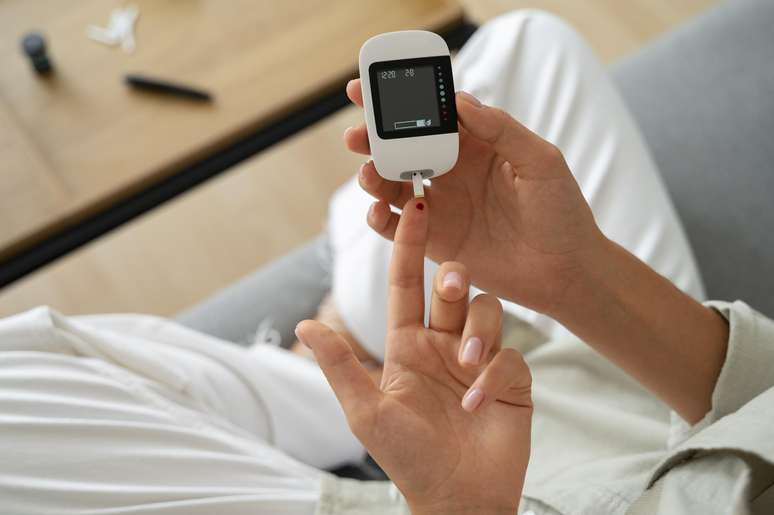Signs of the condition may be subtle, so you need to pay attention
Wednesday 26 June is National Diabetes Day. The date was established to raise awareness about the prevention and control of diabetes, a chronic disease that affects millions of Brazilians.
Among the various phases of this disease, pre-diabetes represents a critical phase that can go unnoticed, but whose initial symptoms can serve as a warning for necessary lifestyle changes.
In an interview with Earth youEndocrinologist James Barbosa explains that pre-diabetes is a health condition in which blood glucose (sugar) levels are higher than normal, but are not yet high enough to be diagnosed as type 2 diabetes.
“It is an intermediate state that indicates an increased risk of developing type 2 diabetes, heart disease and stroke in the future,” says the expert.
Unlike type 1 diabetes, in which the body does not produce insulin, type 2 diabetes is characterized by insulin resistance, meaning the body’s cells do not respond adequately to the hormone insulin.
According to data from the Surveillance of risk and protective factors of chronic diseases by telephone survey (Vigitel), released in 2023, diabetes affects 10.2% of the Brazilian population.

National Diabetes Day: see types and symptoms
Symptoms
The doctor explains that the condition generally has no obvious symptoms and that is why many people may be pre-diabetic without knowing it. However, subtle signals may indicate that blood glucose levels are higher than normal. These signs include:
- Increased thirst;
- Increased urinary frequency;
- Fatigue;
- Blurred vision;
- Wounds that take time to heal;
- Dark areas on the skin (acanthosis nigricans), often seen in the folds and folds of the body, such as the neck, armpits and groin.
The diagnosis of prediabetes is made through three main blood tests:
Fasting blood sugar: Glucose levels between 100 and 125 mg/dl after fasting for at least 8 hours.
Oral Glucose Tolerance Test (OGTT): Glucose levels between 140 and 199 mg/dl two hours after ingesting a sugar solution.
Glycated hemoglobin (A1C): Levels between 5.7% and 6.4%, which measure your average blood sugar over the last 2-3 months.
Tests may be repeated for confirmation and include evaluation of risk factors and medical history.
Treatment
Treatment for prediabetes includes:
Healthy diet: Consumption of foods rich in fiber, vegetables and whole grains.
Regular physical activity: At least 150 minutes a week of moderate exercise.
Weight control: Weight loss if necessary to improve insulin sensitivity.
Frequent monitoring: Regular tests to monitor blood glucose levels.
Medicines: Metformin may sometimes be prescribed to help control glucose levels.
Prevention
To prevent pre-diabetes, the specialist recommends a healthy diet combined with exercise, as well as maintaining an adequate weight, monitoring blood sugar, moderating alcohol consumption and quitting smoking.

7 health problems that could be related to diabetes
Source: Terra
Ben Stock is a lifestyle journalist and author at Gossipify. He writes about topics such as health, wellness, travel, food and home decor. He provides practical advice and inspiration to improve well-being, keeps readers up to date with latest lifestyle news and trends, known for his engaging writing style, in-depth analysis and unique perspectives.







